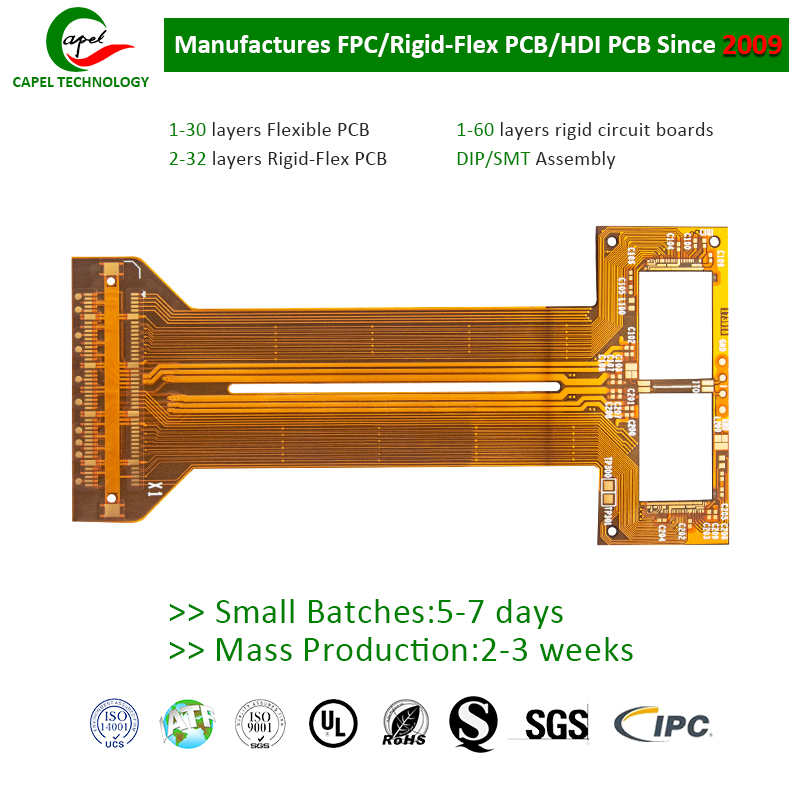When choosing a surface treatment process (such as immersion gold, OSP, etc.) for your 3-layer PCB, it can be a daunting task. Since there are so many options, it is essential to choose the most appropriate surface treatment process to meet your specific requirements. In this blog post, we’ll discuss how to choose the best surface treatment for your 3-layer PCB, highlighting the expertise of Capel, a company known for its high-quality control and advanced PCB manufacturing processes .
Capel is famous for its rigid-flex PCBs, flexible PCBs and HDI PCBs. With patented certifications and a broad range of advanced PCB manufacturing processes, Capel has established itself as an industry leader. Now let’s take a closer look at the factors to consider when choosing a surface finish for a 3-layer PCB.
1. Application and environment
First, it is critical to determine the application and environment of the 3-layer PCB. Different surface treatment processes provide varying degrees of protection against corrosion, oxidation and other environmental factors. For example, if your PCB will be exposed to harsh conditions, such as high humidity or extreme temperatures, it is recommended to choose a surface treatment process that provides enhanced protection, such as immersion gold.
2. Cost and delivery time
Another important aspect to consider is the cost and lead time associated with different surface treatment processes. Material costs, labor requirements and overall production time vary for each process. These factors must be evaluated against your budget and project timeline to make an informed decision. Capel’s expertise in advanced manufacturing processes ensures cost-effective and timely solutions to your PCB surface preparation needs.
3. RoHS Compliance
RoHS (Restriction of Hazardous Substances) compliance is a key factor, especially if your product is for the European market. Certain surface treatments may contain hazardous substances that exceed RoHS limits. It is important to choose a surface treatment process that complies with RoHS regulations. Capel’s commitment to quality control ensures its surface treatment processes are RoHS compliant, giving you peace of mind when it comes to compliance.
4. Solderability and Wire Bonding
The solderability and wire bonding characteristics of the PCB are important considerations. The surface treatment process should ensure good solderability, resulting in proper solder adhesion during assembly. Additionally, if your PCB design involves wire bonding, the surface treatment process should improve the reliability of the wire bonds. OSP (Organic Solderability Preservative) is a popular choice due to its excellent solderability and wire bonding compatibility.
5. Expert advice and support
Choosing the right surface treatment process for your 3-layer PCB can be complicated, especially if you are new to PCB manufacturing. Seeking expert advice and support from a reliable company like Capel can make the decision-making process easier. Capel’s experienced team can guide you through the selection process and recommend the most suitable surface treatment process based on your specific requirements.
In summary, choosing the most appropriate surface treatment for your 3-layer PCB is critical for optimal performance and longevity. Factors such as application and environment, cost and lead time, RoHS compliance, solderability and wire bonding should be carefully evaluated. Capel’s quality control, patented certifications and advanced PCB manufacturing processes enable it to meet your surface preparation needs. Consult Capel’s experts and benefit from their extensive industry knowledge and experience. Keep in mind that carefully selected surface treatment processes can significantly affect the overall performance and durability of a 3-layer PCB.
Post time: Sep-29-2023
Back







